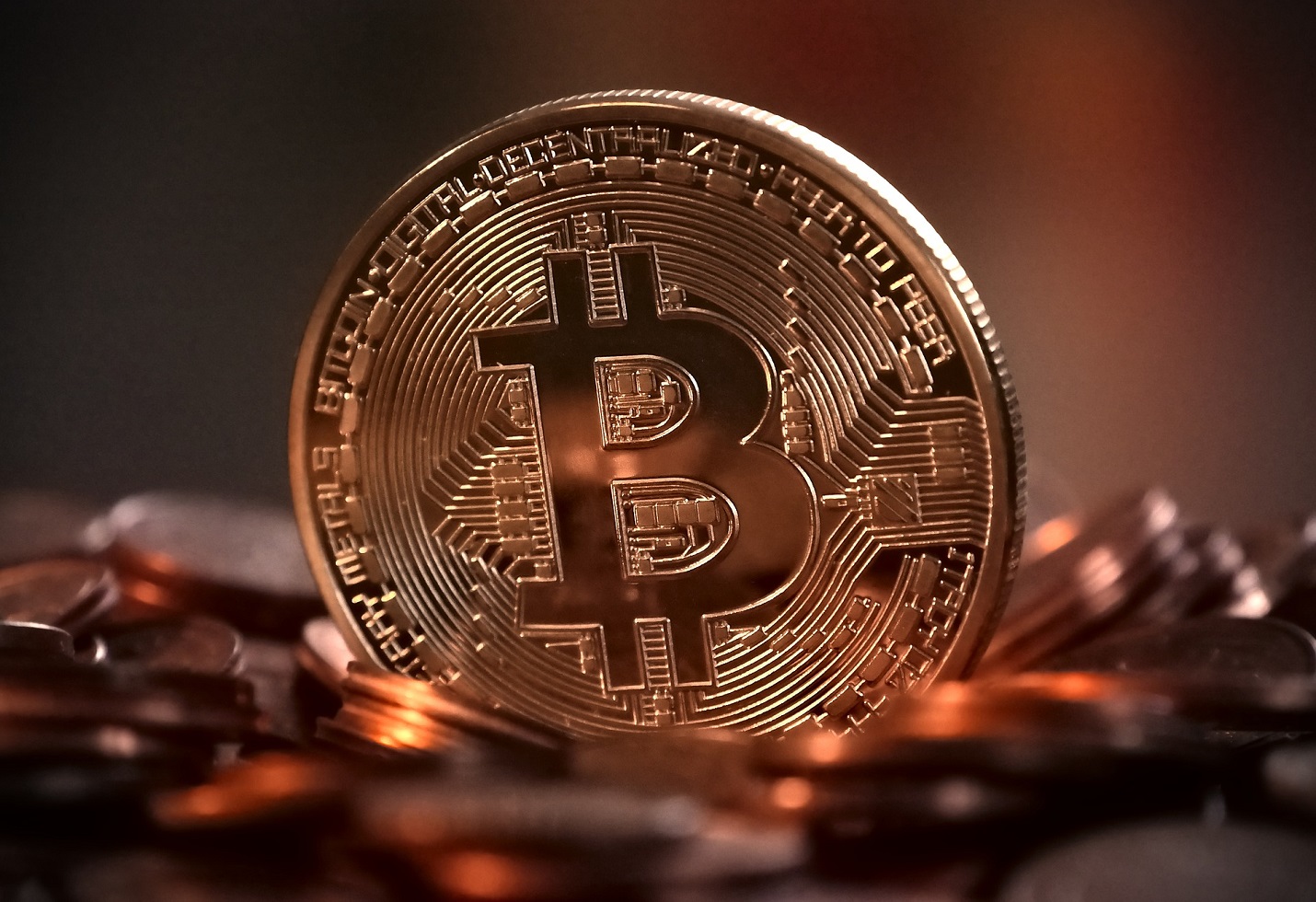Bitcoin Dips Below $77K, Ether Drops 6%!
Broader Risk-Off Sentiment Sparks Crypto Selloff as Investors Brace for Economic Uncertainty and U.S. Rate Jitters
Summary:
Bitcoin fell below the $77,000 threshold on Tuesday, extending its recent losses as global stock markets sold off sharply. Ether followed suit with a 6% decline, reflecting broader risk aversion among investors. Experts cite upcoming macroeconomic data, U.S. rate outlook, and overbought technicals as key reasons for the correction. However, strong buying support is expected around $73,000–$70,000 for Bitcoin, suggesting a possible short-term floor for the leading cryptocurrency.
Crypto Markets Crumble as Equities Weaken
In a sharp turn of sentiment, the cryptocurrency market slipped into the red early Tuesday, led by declines in Bitcoin and Ether. At 10:22 a.m. in Singapore, Bitcoin was trading at $79,477, having briefly breached the $77,000 mark. Ether, the second-largest cryptocurrency, fell by 6%, sparking wider worries across the digital asset market.
This decline comes amid a global selloff in risk assets, with equity markets from Asia to Europe facing pressure from a hawkish U.S. Federal Reserve, fragile economic data, and rising geopolitical risks. The correlation between crypto and traditional financial markets appears to be strengthening, particularly during periods of volatility.
Investor Caution Rises Ahead of U.S. Economic Data
Investors are becoming more cautious as the market prepares for important U.S. economic reports coming later this week, such as jobless claims, consumer spending figures, and an inflation report that many observers are paying close attention to. These data points are expected to offer more clarity on the Federal Reserve’s stance regarding interest rate cuts in 2025.
The uncertain rate outlook has put pressure on speculative assets like crypto. Higher yields make traditional assets more attractive, diminishing the appeal of non-yielding, volatile instruments like Bitcoin.
Hayden Hughes, head of crypto investments at family office Evergreen Growth, highlighted this sentiment by stating, “There will be strong buying at the $73,000 and $70,000 levels.” He believes those levels represent technical support zones that could trigger renewed accumulation.
Risk-Off Sentiment Intensifies as Bulls Retreat
The recent downtrend has caught several bullish traders off guard. Bitcoin had rallied strongly in early 2025, briefly touching all-time highs near $84,000, driven by strong ETF inflows, halving anticipation, and increasing institutional interest. However, the recent correction suggests the bull run may be cooling off, at least in the short term.
Technical analysts point out that Bitcoin’s Relative Strength Index (RSI) has reached overbought territory, suggesting that a pullback may be on the horizon. Given the broader economic challenges, the selloff seems to represent more of a consolidation phase rather than a trend reversal.
Ether Slides Sharply: Regulatory Uncertainty Lingers
While Bitcoin’s decline was relatively measured, Ether’s 6% drop reflects deeper concerns. The Ethereum ecosystem continues to face regulatory scrutiny, particularly in the U.S., where the Securities and Exchange Commission (SEC) has yet to offer clear guidelines on Ethereum’s status.
Additionally, the slow uptake of Ethereum Layer-2 scaling solutions and delays in expected upgrades have dulled enthusiasm around Ether. Institutional interest remains primarily focused on Bitcoin, further widening the divergence between the two leading digital assets.
Altcoins, DeFi, and NFTs Follow Suit
The overall cryptocurrency market reflected the losses experienced by the leading coins. Key altcoins like Solana (SOL), Avalanche (AVAX), and Polkadot (DOT) all dropped 4–8%, while primary DeFi tokens, including Aave, Compound, and Uniswap, also saw red. The NFT sector continues to face liquidity issues and declining floor prices, further evidence of declining speculative interest.
The total market capitalization of cryptocurrency has dropped below $2.9 trillion, declining by almost $100 billion in just 24 hours, as reported by CoinMarketCap. Trading volumes surged, indicating panic selling or aggressive rebalancing by traders and institutions alike.
What’s Next? A Recovery or Prolonged Consolidation?
Despite short-term weakness, most analysts remain optimistic about crypto’s long-term growth trajectory. Factors like Bitcoin ETF inflows, rising global inflation hedging, and blockchain innovation are expected to drive medium- to long-term adoption.
Short-term price action will largely depend on how markets digest macroeconomic data and Fed commentary over the coming weeks. If the Fed signals a pause or potential cuts by year-end, crypto could rebound strongly.
On the other hand, continued rate-tightening rhetoric or weak economic data could push Bitcoin closer to the $70,000 support area—possibly testing market conviction before another leg higher.
Expert Insights: Is This a Buying Opportunity?
While fear has returned to the market, some seasoned investors view the correction as a healthy pullback. According to Hughes, “This isn’t the end of the bull run—it’s a breather. Smart money will start accumulating at key technical levels.”
Long-term holders, also known as “HODLers,” continue to maintain their positions, with on-chain data showing minimal movement of older wallets, suggesting conviction remains strong among core believers.
Key Takeaways:
Bitcoin fell below $77K amid global stock market turmoil.
Ether dropped 6%, reflecting broader weakness across altcoins.
Investors await U.S. economic data that could influence rate policy.
Analysts anticipate that there will be buying interest in Bitcoin within the range of $70,000 to $73,000.
Market fluctuations might persist until there is greater clarity in the macroeconomic landscape.
:
The image added is for representation purposes only



